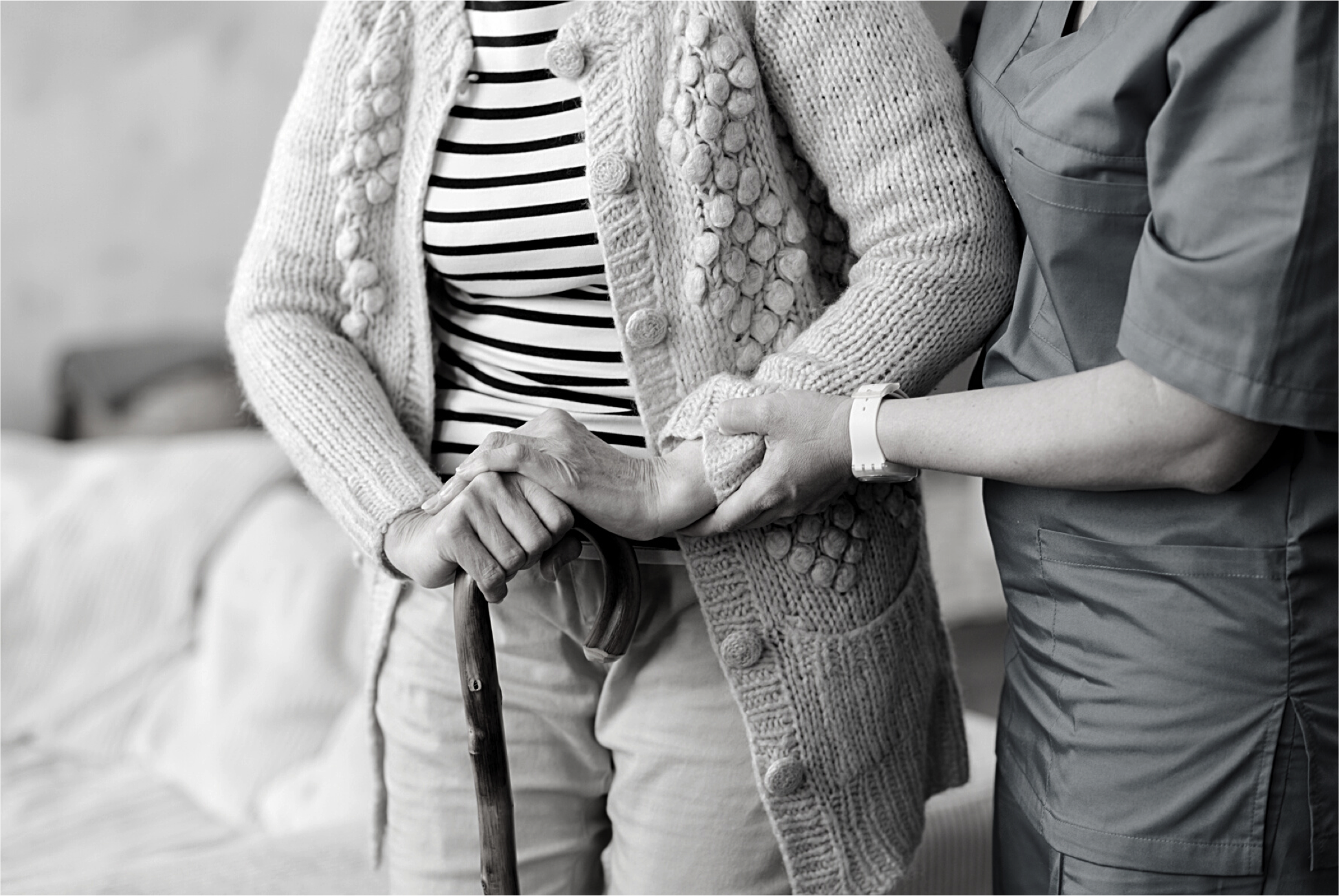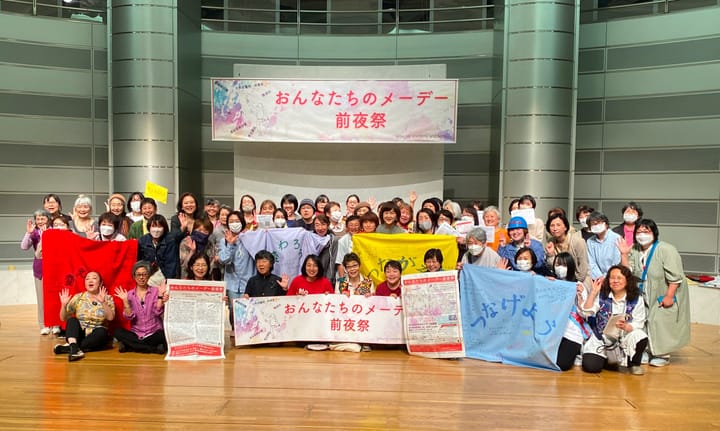Mind the Gap

Japan’s gender gap is still wide and post-covid austerity threatens to make it worse. The defense of our most vulnerable communities, including women, is the greatest defense we can provide for our economies and citizens.
Japan’s Prime Minister Fumio Kishida is eager to revitalize the country’s economy by focusing on gender equality ahead of G7 in Hiroshima this month. The narrative sounds all too familiar but critics say little has changed since his predecessor, Shinzo Abe, promised to “make women shine.”
At the core of Kishida’s “new capitalism model,” he said, is women’s economic independence.
The prime minister says he wants to help improve Japan’s gender equality ranking, which is the worst in the G7.
The mission comes at a key moment as Japan finally exits the COVID-19 pandemic. The pandemic hit women disproportionately. Unemployment rates amongst women soared, as did suicide rates, evictions, mental health problems and domestic abuse. The pandemic sparked what we call a “she-session.”
To address this, many women in unions, civil society and lawyers’ associations urgently organized free consultation meetings, creating a safe space to find solidarity and professional resources for support. Hundreds of women, from teenagers to pensioners, sought comfort, connectedness and respect at these meetings.
Campaigners say the pandemic also exposed and exacerbated existing gaps between class, gender, age and abilities. These structural gaps are not new, and they continue to create a lifetime of income disparity that underpins and undermines human capital development in Japan.
For women entering the workforce, retention and career progression are often hindered by caretaking duties related to marriage, childbirth, and other factors such as domestic abuse, mental health, and women’s health issues including menopause or fertility.
Even women who stay single or childless struggle to make a decent, independent living due to the stubborn gender-based income disparities. Women in full-time employment earn 50 million yen (about 400,000 US dollars) less than men in their lifetime, according to the Japan Institute for Labor Policy and Training.
Once a woman has a child and leaves the labor market, the income discrepancy doubles.
For married women with children, unpaid care work at home prevents them from doing additional hours. This partially disqualifies women from sufficient pensions and hinders their ability to lead independent lives after retirement.
Lifetime Struggle
In Japan, the pandemic exposed how financial independence is a lifetime struggle. Between cultural expectations and social stigma, women are forced to rely heavily on male family members – fathers, older brothers, husbands and sons.
Despite an increase in dual-income households, Japan’s gendered division of labor is pervasive. Men are not expected to, or are discouraged, from participating in housework or child rearing. Despite having one of the world’s most generous systems of parental leave, only 14% of men take paternity leave compared to 85% of women, according to the Health, Labor and Welfare Ministry.
On the other hand, nearly half of women who leave work to raise children are unable to return to full-time employment. As a result, many resort to unstable jobs in the informal sector, bringing the casual workforce ratio up to nearly 70% for women. Investing in public care services benefits women in two ways: by increasing their availability to work and expanding the care industry for more employment opportunities.
In addition, one in four women experiences domestic abuse in Japan. Due to the stigma associated with domestic violence and insufficient availability of welfare assistance from the state, women often choose to stay in life-threatening environments.
In a culture where businessmen devote their lives to the company first, the pandemic paved the way for telework, which allowed for more family time for some. But for those trying to survive violence at the home front, this has been a nightmare.
Those who do escape domestic abuse are often unable to keep their heads above water. Japan’s relative poverty rate for working single-mother households remains high at around 50%, and their income level is not much better than that of non-working single mothers.
Vulnerable Women
While workplaces explore how digitization can improve work-life balance and efficiency, we also need to ensure it includes ‘high-risk’ groups such as middle-aged and elderly women who are the most vulnerable and isolated. Without a more inclusive approach, digital advances can just as quickly widen economic divides and social injustices.
Today, the care industry has become one of the few job choices for women. According to the Care Work Foundation’s 2020 survey, one in four home care workers in Japan is 65 and older, and nearly 80% are women.



